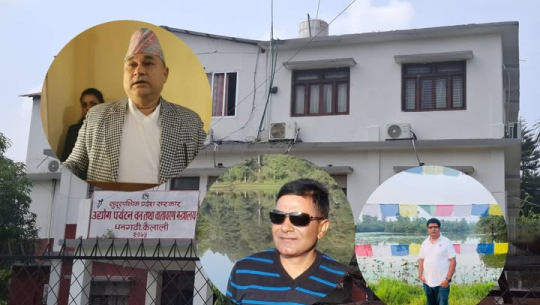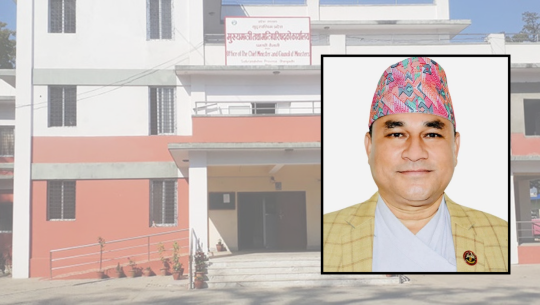YOUTH-PROPOSED INNOVATIVE IDEAS FOR BETTER CITIES

By Ilija Gubić KATHMANDU, Nepal — As cities around the world celebrate World Cities Day, attention has turned to an urgent question: how can cities facing urbanization and climate crises use youth's ideas to ensure resilient, inclusive, and sustainable futures?
Today’s youth, an unprecedented 60% of whom are expected to inhabit urban areas by 2030, may hold the key. Celebrated annually since 2014, World Cities Day, designated by the United Nations General Assembly's resolution, promotes awareness of global urbanization challenges and encourages countries to work on sustainable urban development, which youth are increasingly leading.
The demographic shift underway in Nepal, underscores the importance of mobilizing youth's ideas to help shape urban related policies and local actions. Urban youth are creating, innovating, and mobilizing at a rapid pace to address the pressing urban issues.
You might want to download the TagMe App and see results of data collection by ten thousand young people on waste, climate related hazards and safety of public open spaces in Nepal's municipalities. In Nepal, one of the world’s most climate-vulnerable nations, cities are already confronting challenges, from increased flooding and landslides to unseasonably high temperatures impacting agriculture and infrastructure.
Nepal's urban population has been increasing at nearly 6% per year, placing its urban centers among the fastest-growing globally, further emphasizing on a need to focus on youth-led innovation for urban resilience. As part of this approach, the Cities 4 Women: Inclusive and Climate Resilient Urbanization in Nepal project is deploying to municipalities youth expertise to make cities inclusive and more climate resilient.
A collaborative effort between UNOPS, UN-Habitat, and Cities Alliance, with support from the European Union and USAID, led by the Steering Committee chaired by the Ministry of Urban Development, engages young architects and urban planners in six municipalities to support municipal work on urban resilience through public open spaces, a model that can scale to other municipalities, nation wide.
At a recent urban design project workshop in Chandragiri, Nepali students worked with community members to address local flood mitigation needs along the public open spaces, showcasing how youth-led planning and design can translate into real-world resilience strategies. Such local involvement is a cornerstone of the New Urban Agenda, the United Nations’s framework for rethinking urban governance and infrastructure planning to support sustainable growth and achieve targets of the Sustainable Development Goals.
The project also launched the Conference Participation Grant to encourage master and PhD students in Nepal to conduct research on inclusive and climate resilient public open spaces, present and publish at national or international academic conferences. Yearly urban design competition for public open spaces in Nepal's municipality showed that most of the entries came from youth-led architecture, urban planning and design firms.
Beyond local initiatives, Nepal's youth are contributing to the global urban sustainability dialogue. At the recent Summit of the Future, Nepal's youth joined international voices in the Pact for the Future and the Declaration on Future Generations, calling for stronger policy measures to prioritize climate action and resilience. The Summit’s outcomes will feed into the UN’s multi-stakeholder collaboration frameworks.
For example, the Nepal Urban Development Partners Group, co-chaired by UNOPS and FCDO, is bringing together stakeholders across sectors to ensure more inclusive urbanization efforts. As World Cities Day is signaling the critical role of youth in the future of cities, in Nepal, where rapid urbanization and climate impacts intersect, empowering youth could redefine the nation’s approach to urban planning. End. Ilija Gubić is an architect and urban planner working with the United Nations on projects for a sustainable urban future.














